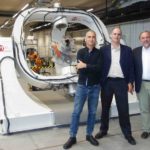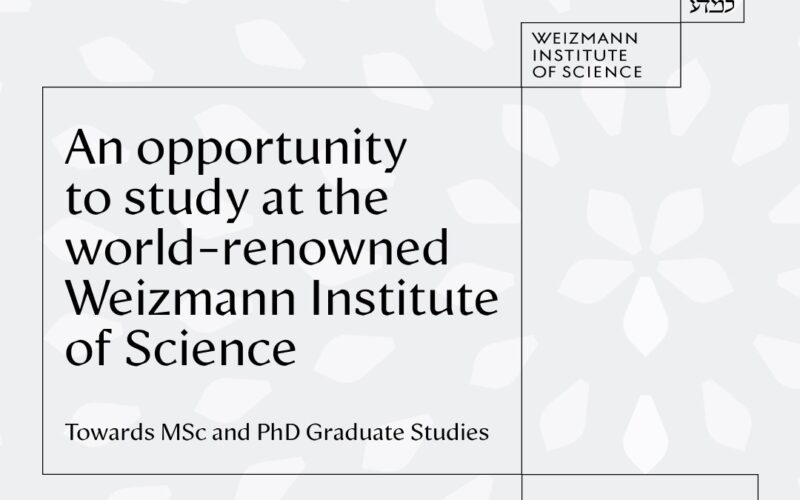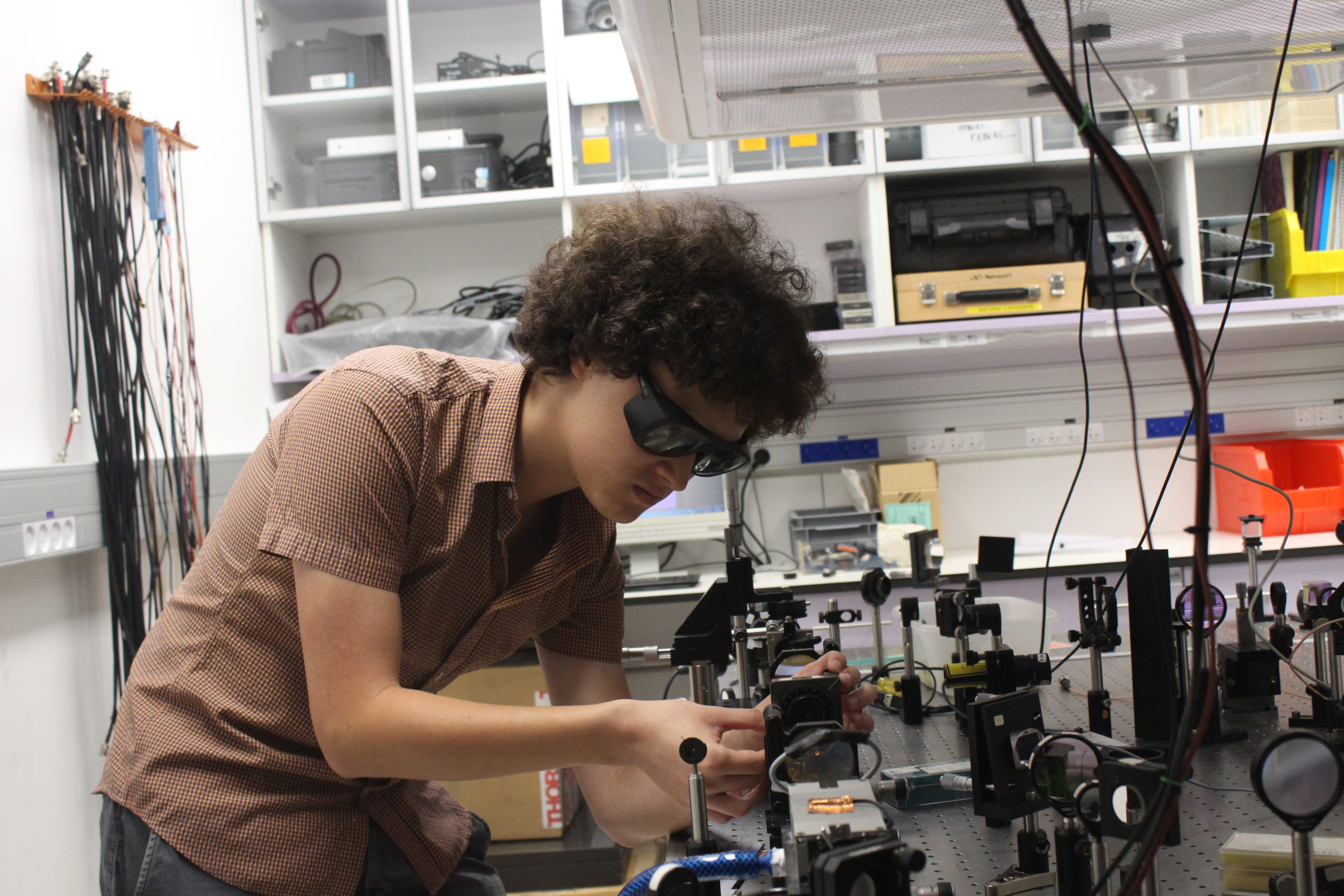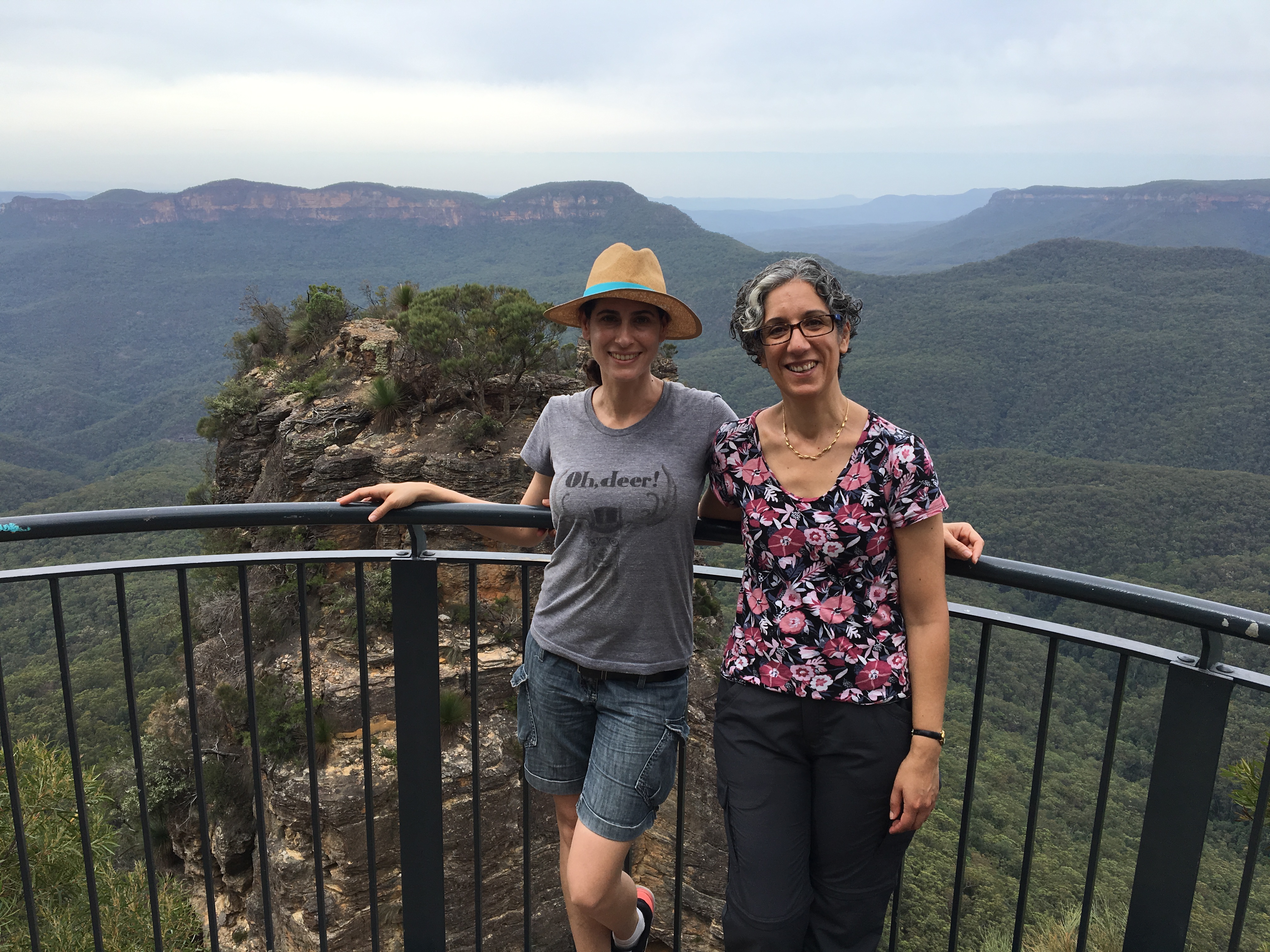
January 29, 2019
Making the invisible, visible and teaching Australian high-school teachers innovative ways to educate students about cellular genomics, was the focus of a unique, four-day Weizmann-Garvan collaborative education program held on 14-19 January at the Garvan Institute of Medical Research in Sydney.
Professor Ron Blonder and Dr Bat-Shahar Dorfman of the Weizmann Institute of Science in Israel, have worked for over a year with Garvan science communicator and animation expert, Dr Kate Patterson and genomics educator Bronwyn Terrill, to develop and deliver the program: “Learning with molecular animations: teacher roles in knowledge transformation”.
The project was funded by a seed grant from the Garvan-Weizmann Centre for Cellular Genomics with meetings conducted via the Internet until they all finally met in Sydney – a great example of how technology is helping us share knowledge across the seas.
Visualising and animating cellular genomics is challenging, but as this knowledge becomes culturally ingrained, these tools are destined to change the face of science education and this unique project is just the start.
Ron Blonder is Associate Professor at Weizmann’s Department of Science Teaching and Head of the Chemistry Group, where she has developed and studied science education programs for the past fourteen years. More recently, with colleagues Professor Anat Yarden and Dr Bat-Shahar Dorfman, she developed a workshop for high school teachers.
“The first of these teacher training workshops was delivered in Israel in the June summer holidays to 13 Israeli high school teachers and was a great success, so a perfect baseline experience for the program we delivered to Australian teachers with the Garvan team,” she said.
“In Australia the four day, intensive continuing professional development teaching course was similar but had the Garvan component, and the 12 who attended were impressed and extremely engaged. All were excited about learning video editing skills and about animating the processes in cells, chemistry and biology and at the end part of the Garvan-Weizmann Centre.”
“They also all brought their own levels of expertise so it was a case of us learning from them too, so we can further develop this course,” Professor Blonder said.
“It was also a great opportunity for us to tell Australian teachers about Weizmann because none had heard of us before so this was very exciting.”
The teachers were given science research lectures, science education lectures and taught how to edit cellular genomic videos to reflect the scientific data, a skill they can pass on to students.
The Weizmann-Garvan educational collaboration was a natural one. Weizmann’s Department of Science Teaching is highly experienced at delivering teachers workshops and education programs, having recently celebrated their 50 year jubilee, and are continually embracing new technologies into their teaching programs. The Garvan Institute of Science has genomics education and animation expertise, through the work of Bronwyn Terrill, Manager Education and Communication and Dr Kate Patterson, Visual Science Communicator at the Garvan-Weizmann Centre for Cellular Genomics, who has developed biomedical animations for over seven years and been involved in visual science communication more broadly for more than a decade.
Dr Patterson said the process for making an animation starts with the molecular story and the authentic scientific data that exists.
“Biomedical animations are created to make the invisible, visible and to show processes that cannot be seen with the naked eye nor with any ordinary microscope. Storyboarding is a critical step in the process, with scientists consulted for accuracy,” she said.
“Where possible, the molecular structures and other data can be imported into 3D animation software where the stage is set with animation rigs, lighting and colour to help tell the story about how molecules interact. Then the scenes are rendered and edited together with the specific audience and platform in mind.”
Although incredibly affective, molecular animations are time consuming, so Dr Patterson’s goal is to produce an animation that can reach as many audiences as possible. These she wants to be experienced via a number of platforms including 360 degree stereoscopic via Google cardboard, standard screen, and small groups in an immersive visualisation dome – and Garvan has one on its premises.
Garvan’s Bronwyn Terrill, who is responsible for planning and development of programs to engage public and professional audiences in genomic medicine, said that as molecular science is increasingly entering the health system and our culture, she is passionate about using different techniques, including online media and animation, to help people to come to grips with genetics and genomics so that they are prepared to make decisions about their health and future.
“I have worked with Kate Patterson informally for a few years, trying new approaches to genomics education and communication, and when I read Professor Blonder and her colleague’s publications I knew the Weizmann Institute had an interest in using technology, authentic scientific data and molecular animations in teaching, so it looked like a great opportunity to collaborate,” she said.
“Although the project is officially completed it would be fantastic to continue to work with Weizmann Institute of Science to develop evidence-based interventions that help teachers with genetics and genomics.
“Garvan is a leader in genomic research and has invested in genetics education and research to improve health professionals’ and community literacy. Teachers are key to that program because they are ideally placed to prepare the next generation of healthcare consumers and citizens for genomics and precision medicine,” said Ms Terrill.
About the actual experience itself, all were on the same page when it came to how the teachers reacted to the course.
“I think we all found it fascinating that there were great similarities in the way motivated teachers in Israel and in Australia responded and rose to challenges in the workshops. The event reinforced that it is not enough to provide teachers with new content; they need the time and support to adapt new approaches for their own context and to build their skills and confidence,” said Ms Terrill.
“We are incredibly envious of Weizmann’s 50 year investment in science teaching – they have an infrastructure and reach that is not present in Australia. However, this is a new content area and we have specific expertise in genetics education and molecular animation, so it was fantastic to be able to learn from each other.”
From Professor Blonder’s point of view, visiting Australia and the Garvan was not all just science as it was finding kindred spirits.
“At Garvan I felt at home. The collaboration between myself, and Bat-Shahar, Kate and Bronwyn worked as if we used to work together for a long time. It is true that we had many of video conversations before our arrival in which we worked on the research and planned the professional development course, but the face to face meeting was very important. We are already thinking about our next collaboration!” Professor Blonder concluded.
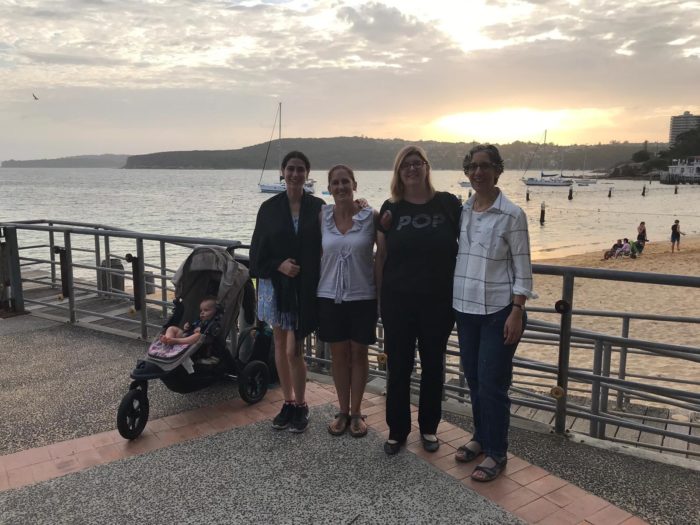
Baby Patterson, Dr Bat-Shahar Dorfman, Dr Kate Patterson, Bronwyn Terrill and Professor Ron Blonder take a bit of R&R at one of Sydney’s many beautiful beaches
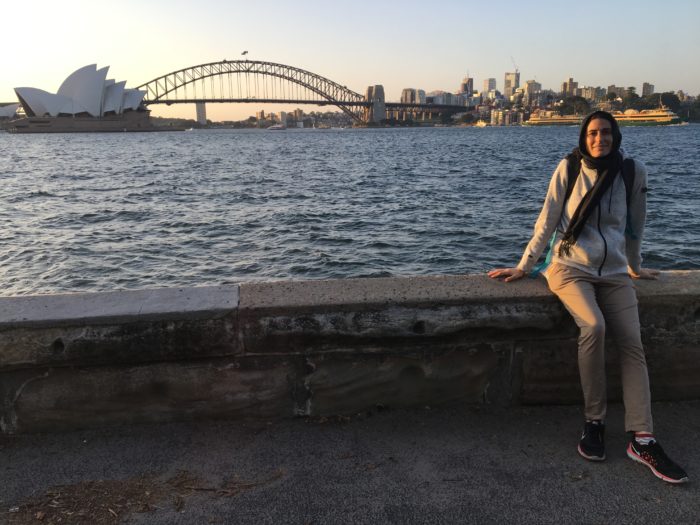
Dr Bat-Shahar Dorfman with Australia's best known landmark - the Sydney Harbour Bridge
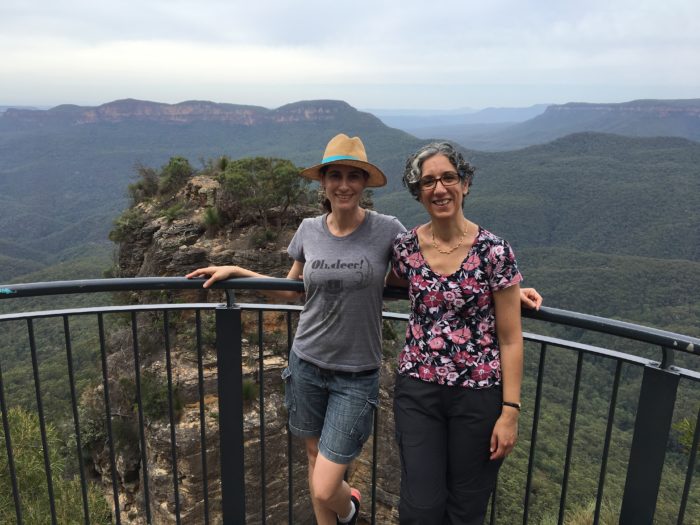
Dr Bat-Shahar Dorfman and Professor Ron Blonder on a visit to Australia’s iconic Blue Mountains
Tagged: animation, Bronwyn Terrill and Professor Ron Blonder, cellular genomics, Chemistry, Dr Bat-Shahar Dorfman, Dr Kate Patterson, education, Garvan-Weizmann Centre for Cellular Genomics, genomics, Professor Anat Yarden, Ron Blonder, science, Sydney, teaching, Weizmann Department of Science and Teaching


